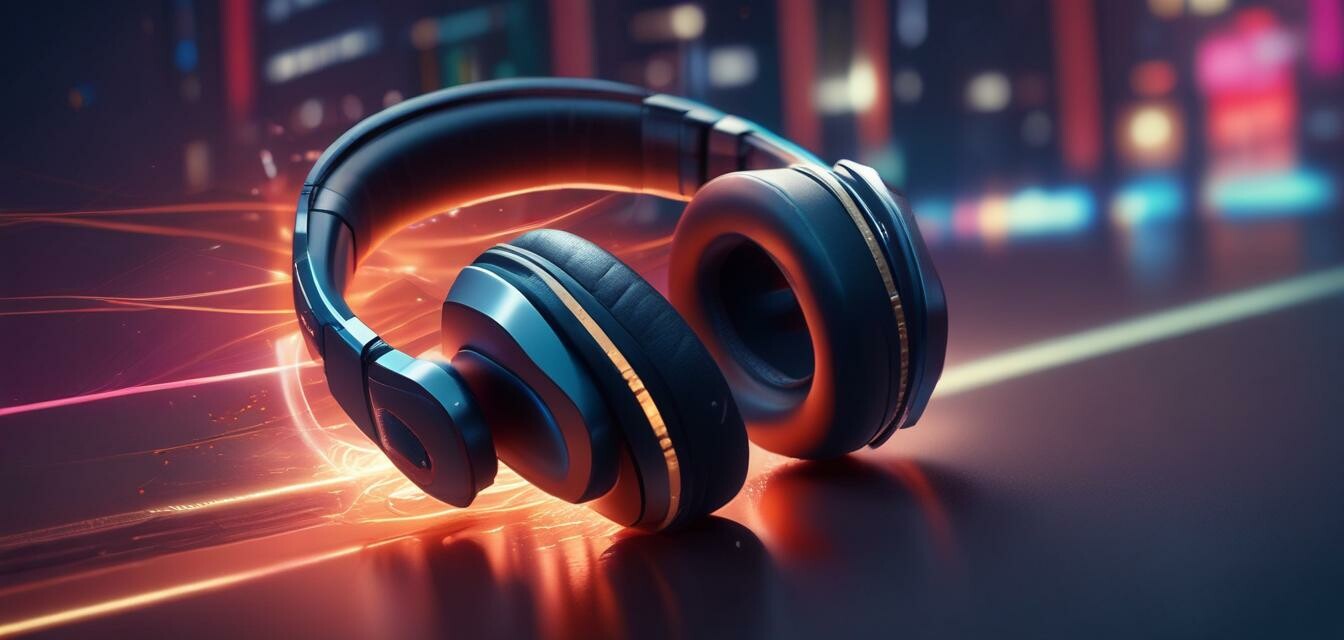
The Evolution of Wireless Audio Technology
Key Takeaways
- The transition from wired to wireless audio has transformed the headphone industry.
- Advanced technologies like Bluetooth 5.0 and aptX have improved sound quality and connectivity.
- The market is seeing significant growth for audiophile-quality wireless headphones.
- Noise-cancellation technology is evolving to enhance user experience.
- Consumer preferences are shifting towards convenience and portability without sacrificing audio quality.
Wireless audio technology has come a long way in recent years, dramatically impacting the way audiophiles and casual listeners experience music. In 2025, the landscape of wireless headphones continues to evolve, and it's crucial to understand the advancements that define this new era of audio enjoyment. This article will explore the progression of wireless audio technology, its influence on audiophile headphones, and what trends we can expect in the future.
Understanding the Rise of Wireless Audio Technology
The initial rise of wireless audio technology can be traced back to the introduction of Bluetooth. Initially, the connections were unreliable, and the sound quality was often compromised. However, as technology progressed, advancements in Bluetooth protocols completely transformed the wireless audio experience. Let's take a closer look at some of the key milestones in this evolution:
| Year | Milestone | Impact on Wireless Audio |
|---|---|---|
| 2000 | Introduction of Bluetooth 1.0 | Basic connectivity, limited range and quality |
| 2010 | Bluetooth 4.0 Release | Improved sound quality and energy efficiency |
| 2016 | Bluetooth 4.2 Introduced | Higher speed and better security features |
| 2020 | Bluetooth 5.0 Launched | Enhanced range, speed, and audio quality, supporting multiple devices |
| 2022 | aptX Adaptive Codec | Superior audio quality with dynamic bitrate adjustment |
| 2025 | Bluetooth 5.2 Standard | Stellar sound quality improvements and better battery consumption |
The Impact on Audiophile Headphones
For audiophiles, audio quality has always been paramount. As wireless audio technology evolved, so did the offerings of headphone manufacturers. Consumers now have access to:
- Superior sound quality: With advancements in codecs like aptX and LDAC, listeners can expect high-fidelity sound that rivals wired connections.
- Enhanced battery life: Newer technologies have significantly improved battery performance, allowing wireless headphones to offer extended listening times.
- Innovative designs: The shift to wireless has led to more compact, ergonomic designs that are not only functional but also stylish.
- Advanced features: Many audiophile headphones now incorporate features like customizable sound profiles and touch controls, enhancing the listening experience.
Latest Trends in Wireless Audio Technology
The wireless audio market is not static; it's continuously evolving. Here are some of the latest trends shaping the future of wireless audio technology:
- Adaptive Sound Control: Smart headphones that automatically adjust noise-cancellation levels based on the surrounding environment.
- True Wireless Earbuds: Moving away from neckband designs, true wireless earbuds are becoming the norm, providing more convenience without compromising sound quality.
- Sustainable materials: An increased focus on sustainable materials is emerging, with more companies using recycled plastics and eco-friendly processes in headphone production.
- Augmented reality audio: Incorporating AR technology into audio experiences, creating immersive soundscapes and enhanced listening.
Comparing Wireless Headphones Technologies
| Technology | Description | Advantages | Disadvantages |
|---|---|---|---|
| Bluetooth 5.0 | Latest Bluetooth standard with improved range and speed | Higher quality audio, supports multiple connections | Compatibility issues with older devices |
| aptX HD | Audio codec for high resolution wireless audio | Improved audio fidelity | Requires compatible devices |
| Active Noise Cancelling | Technology that reduces external noise for better audio quality | Enhanced listening experience in noisy environments | May add weight to headphones |
The Future of Wireless Audio Technology
As we look towards the future, the trajectory of wireless audio technology appears promising. With new standards on the horizon and continuous innovation, we can expect:
- Further integration of AI technologies in headphones for personalized listening experiences.
- A greater emphasis on health and wellness, with features that monitor sound exposure levels.
- Expansion of multi-device connectivity, allowing seamless transitions between different audio sources.
Conclusion
In conclusion, the evolution of wireless audio technology has significantly reshaped the audiophile headphone market in 2025. With ongoing advancements in technology, consumers are enjoying higher quality sound without the constraints of wires. The trends observed today indicate a bright future for audiophiles, where convenience, quality, and innovative features will continue to define their listening experiences. For those interested in diving deeper into headphones, check out our Headphone Buying Guides or explore the latest in Audio Quality Insights.
Tips for Choosing Wireless Headphones
- Look for models featuring Bluetooth 5.0 or newer for better sound quality.
- Check for codec compatibility to ensure optimal audio fidelity.
- Consider battery life based on your usage patterns. Longer battery life enhances convenience.
- Read user reviews for insights on audio performance and comfort.